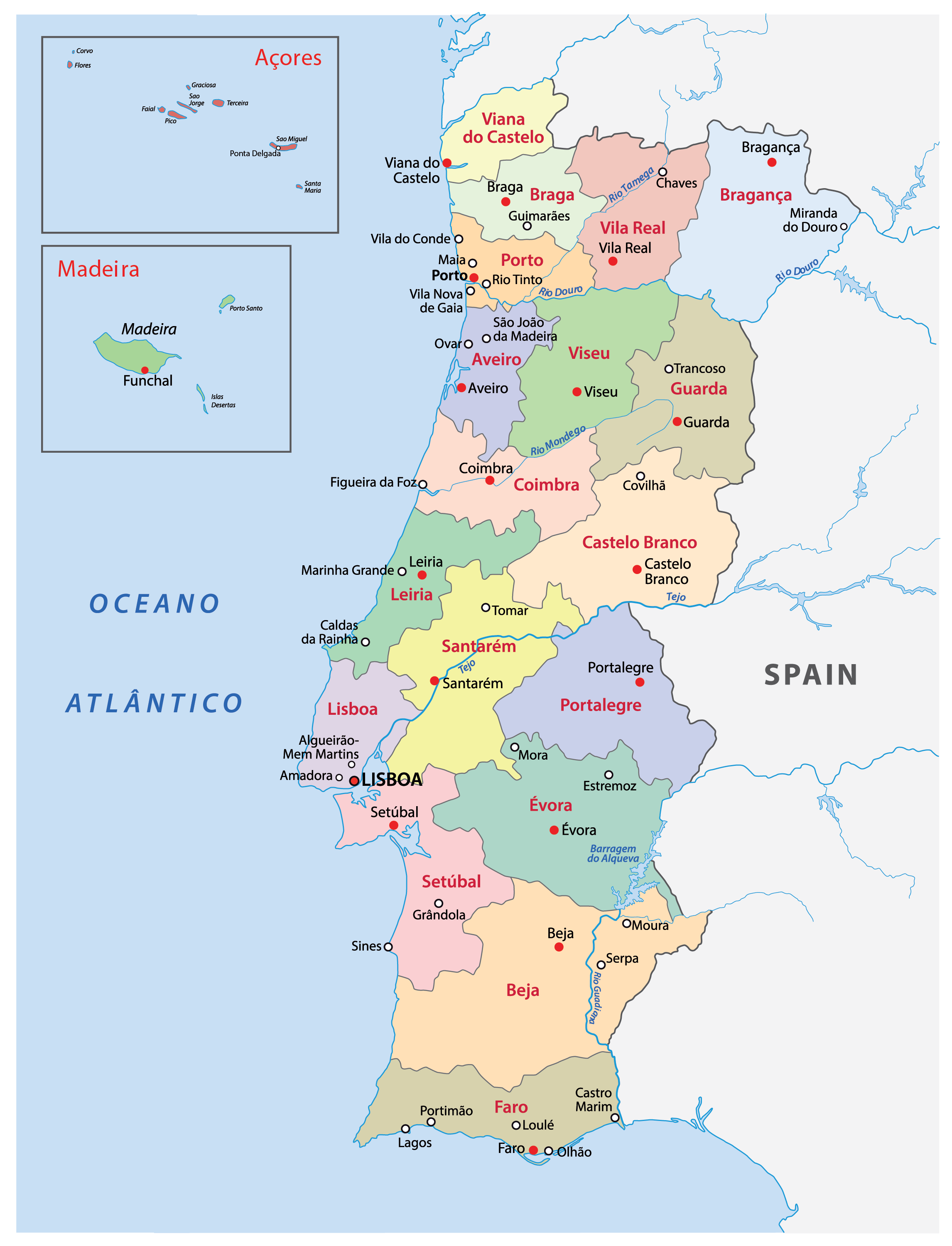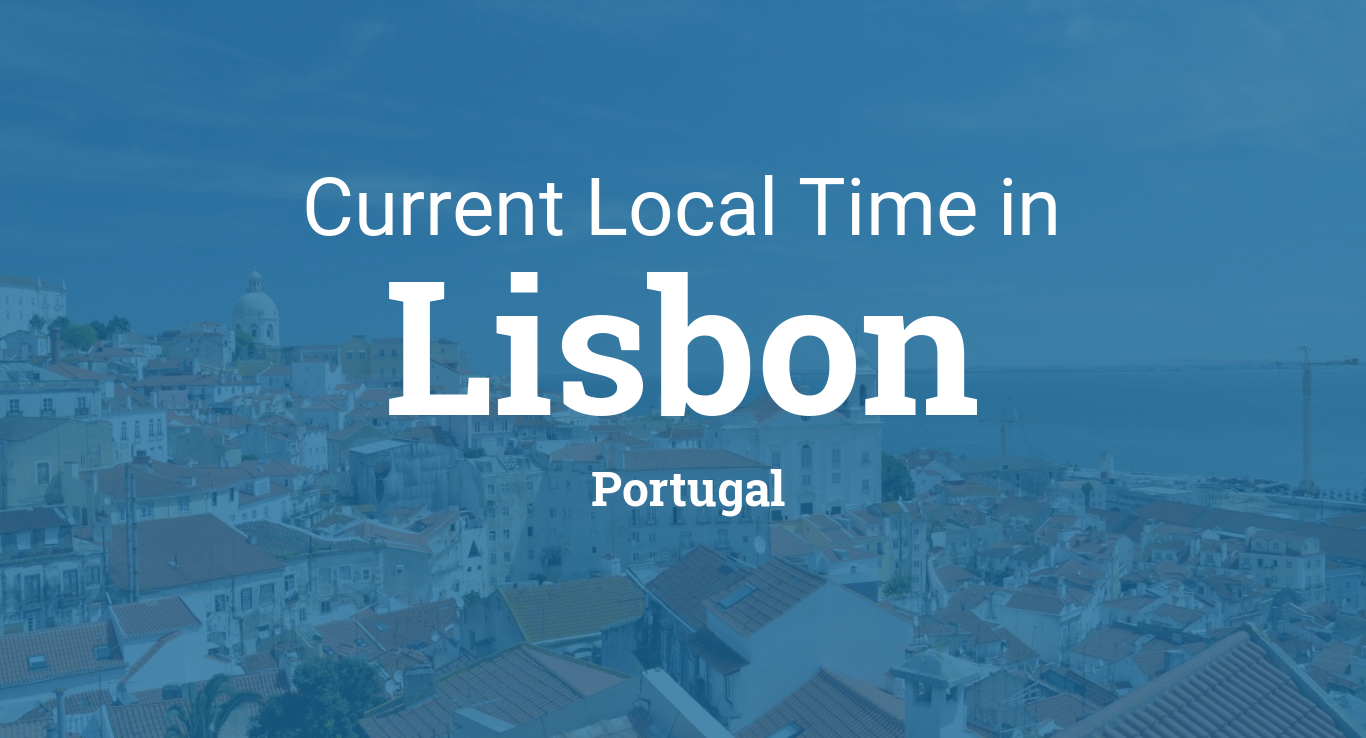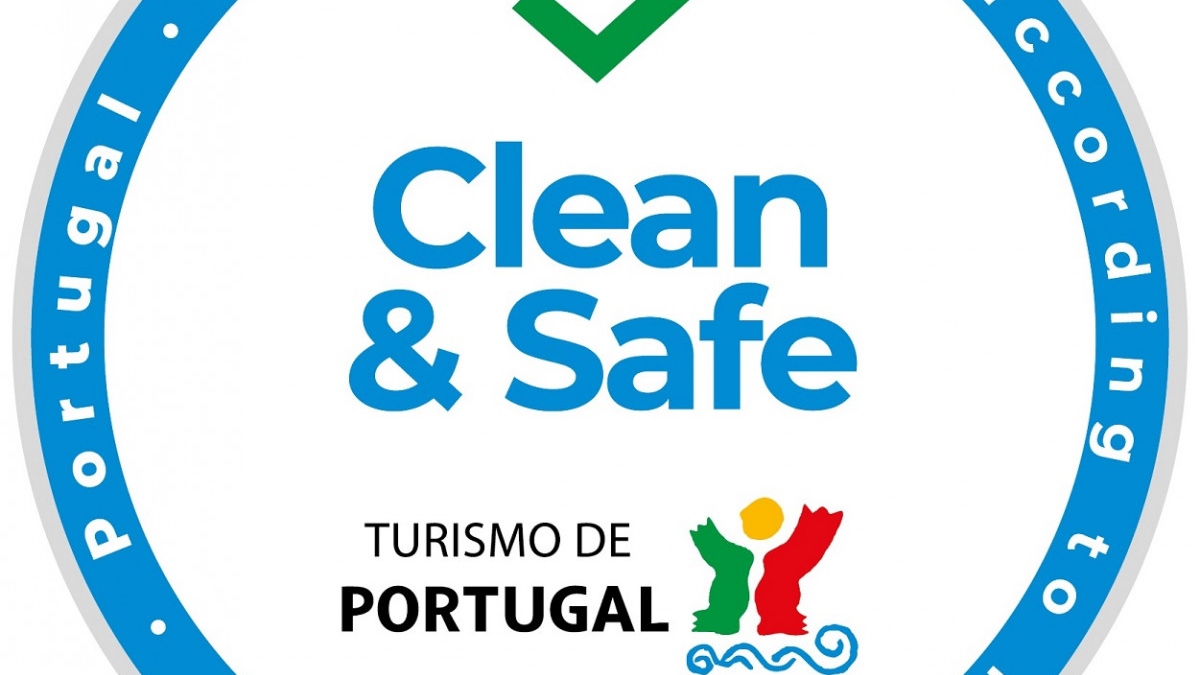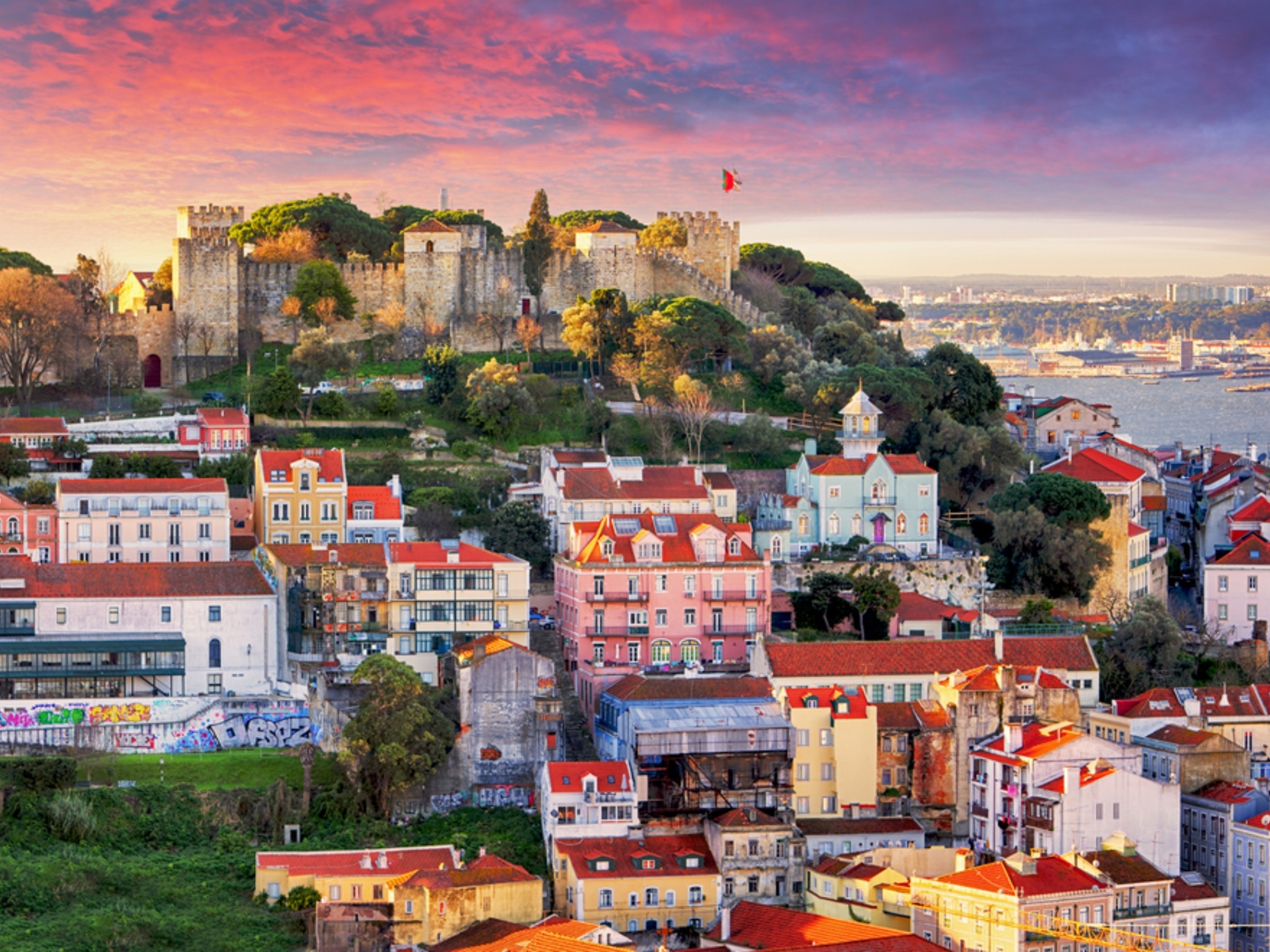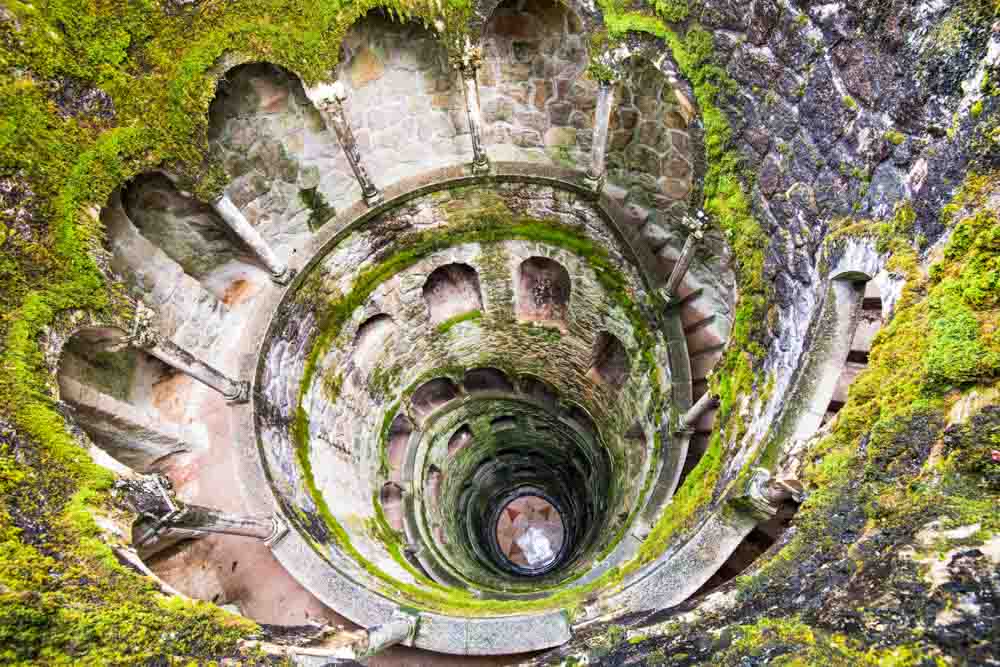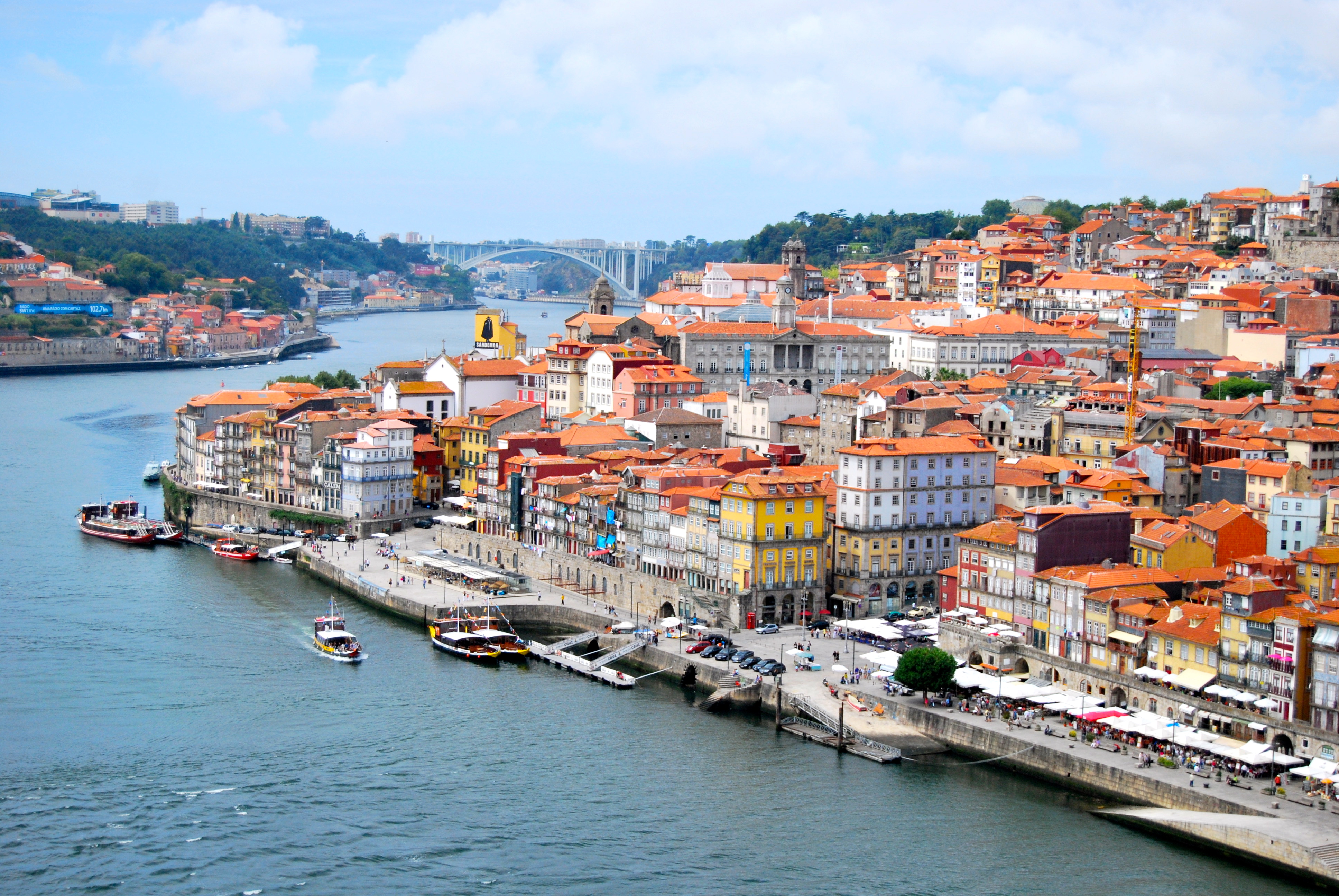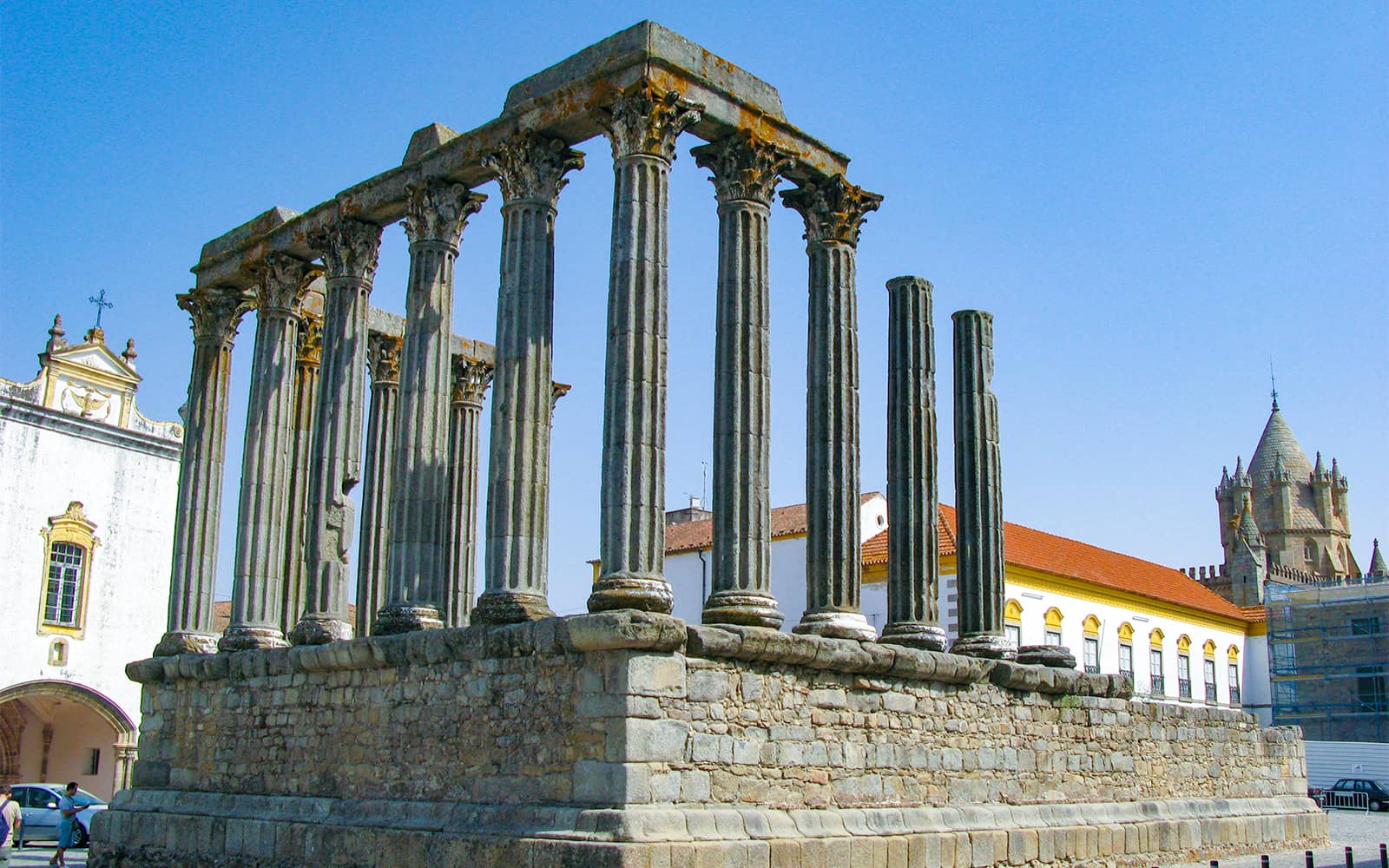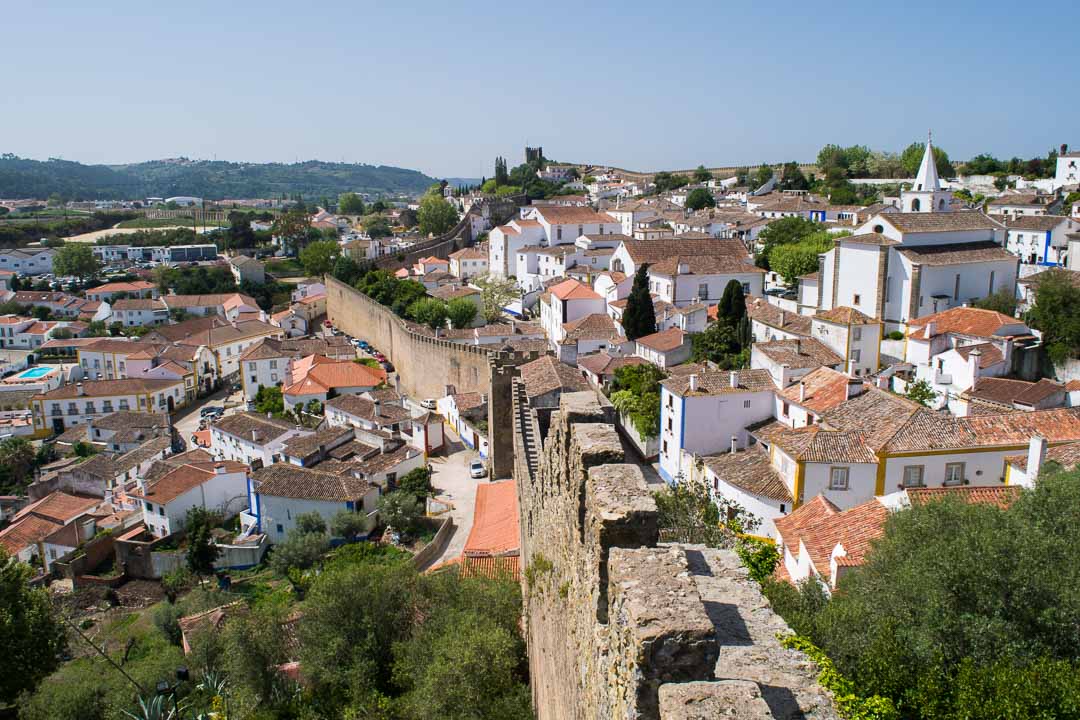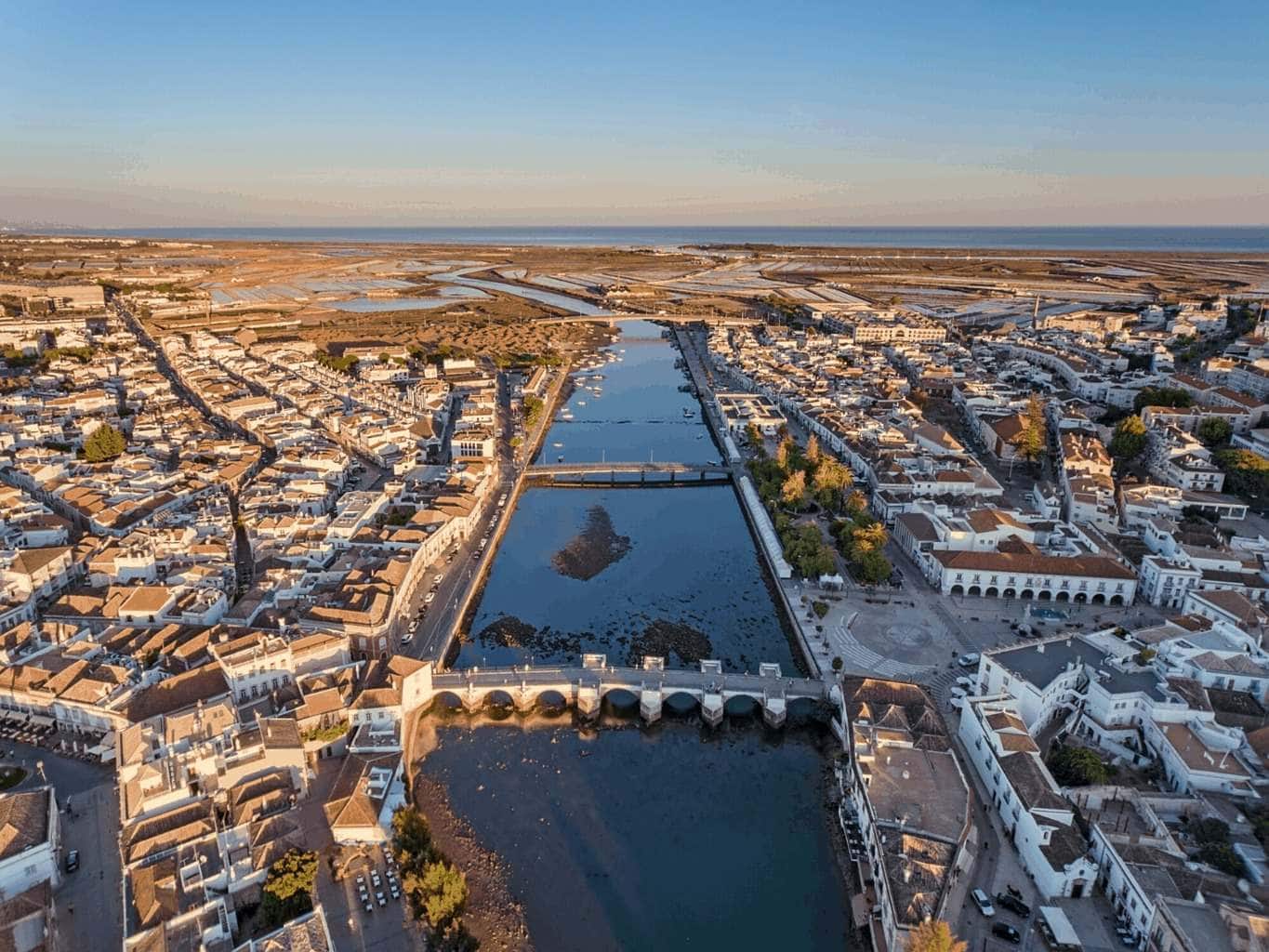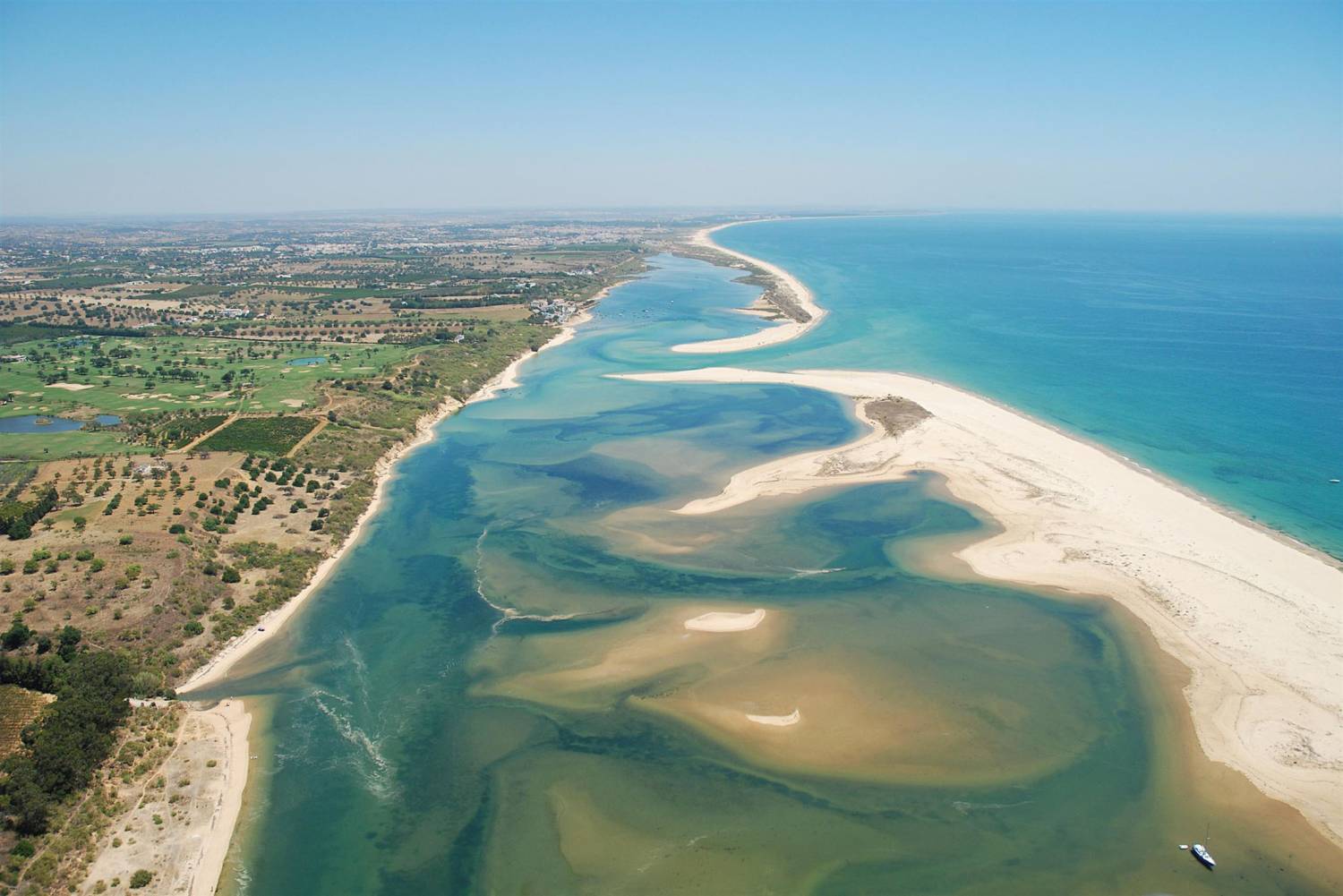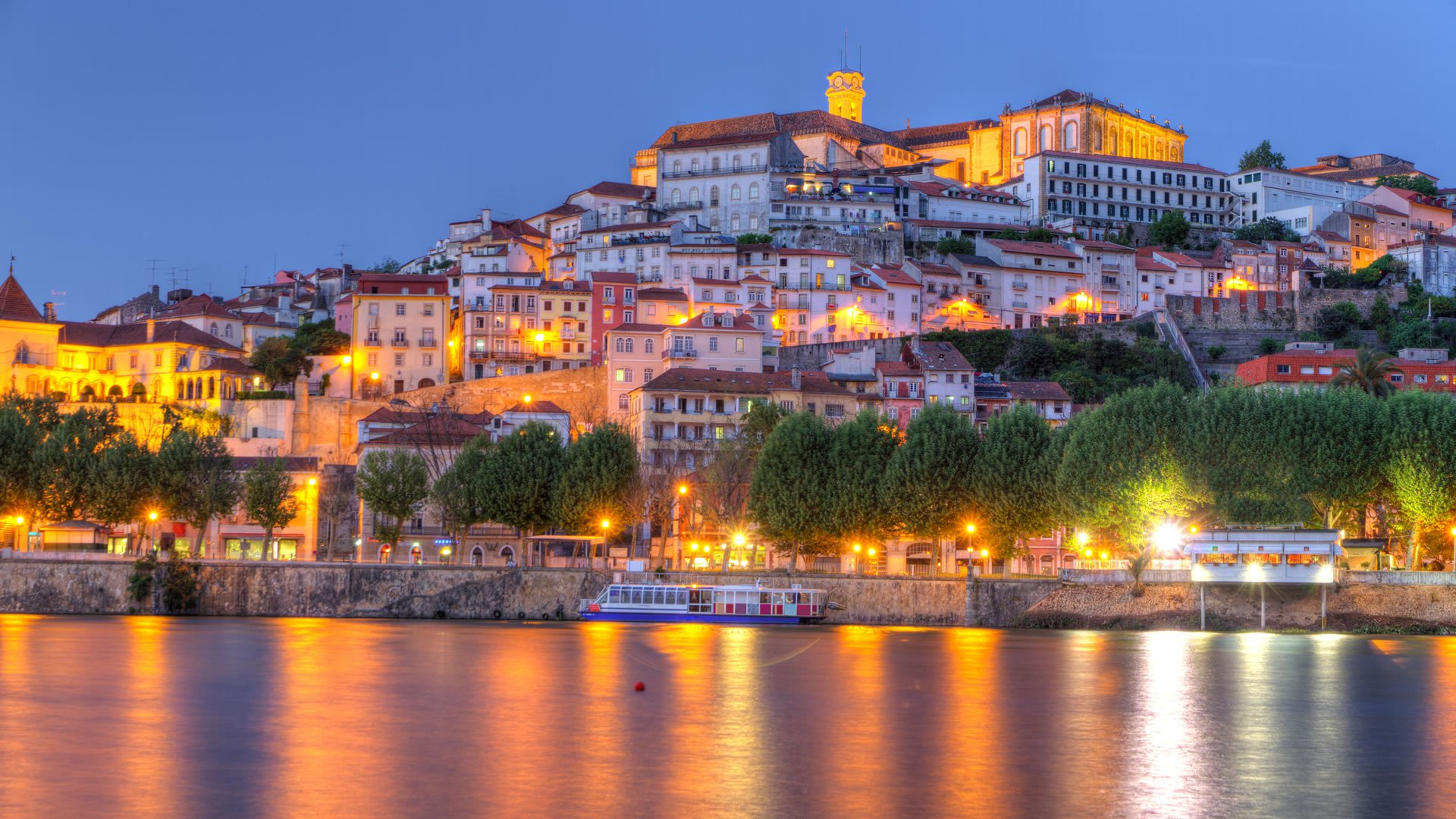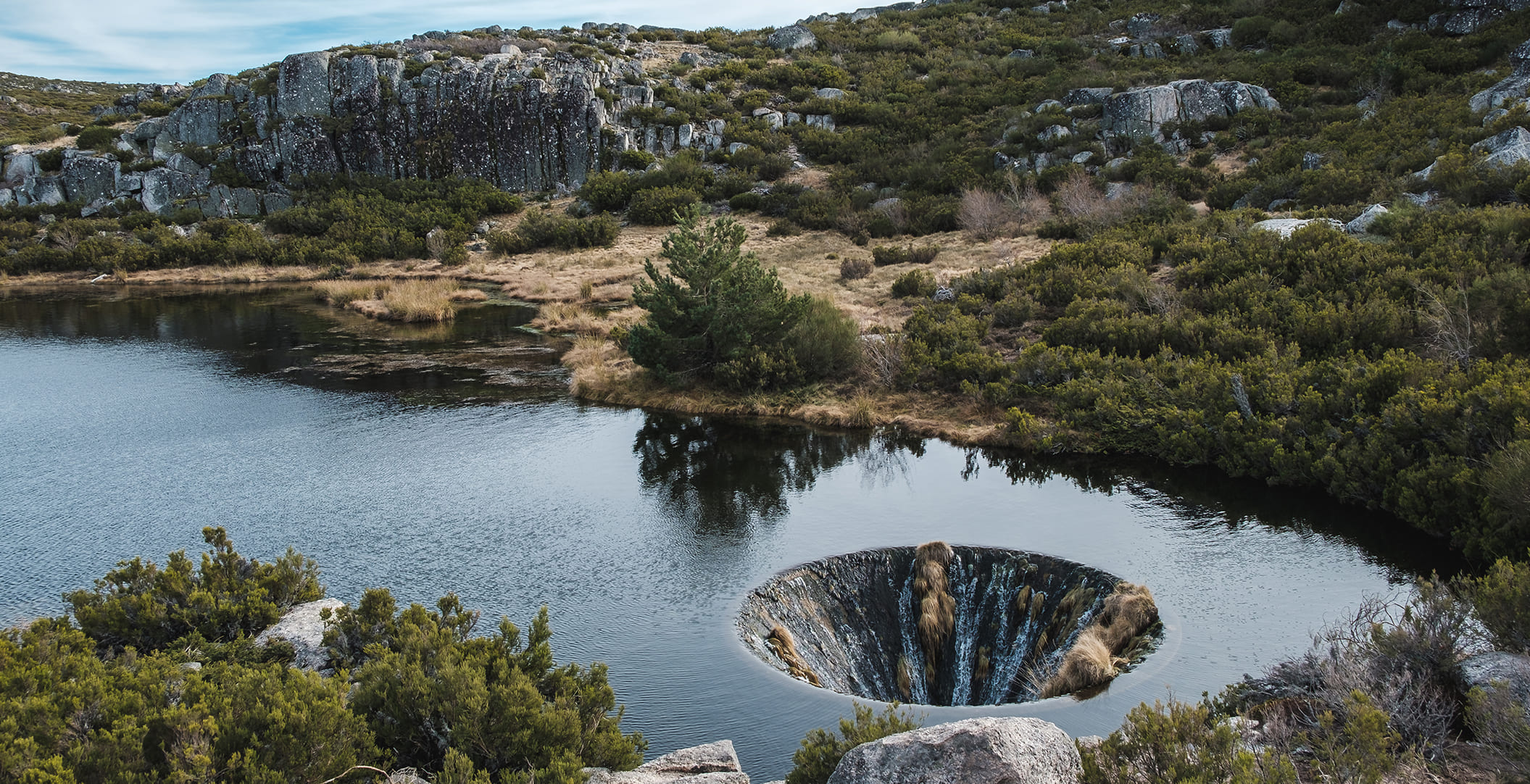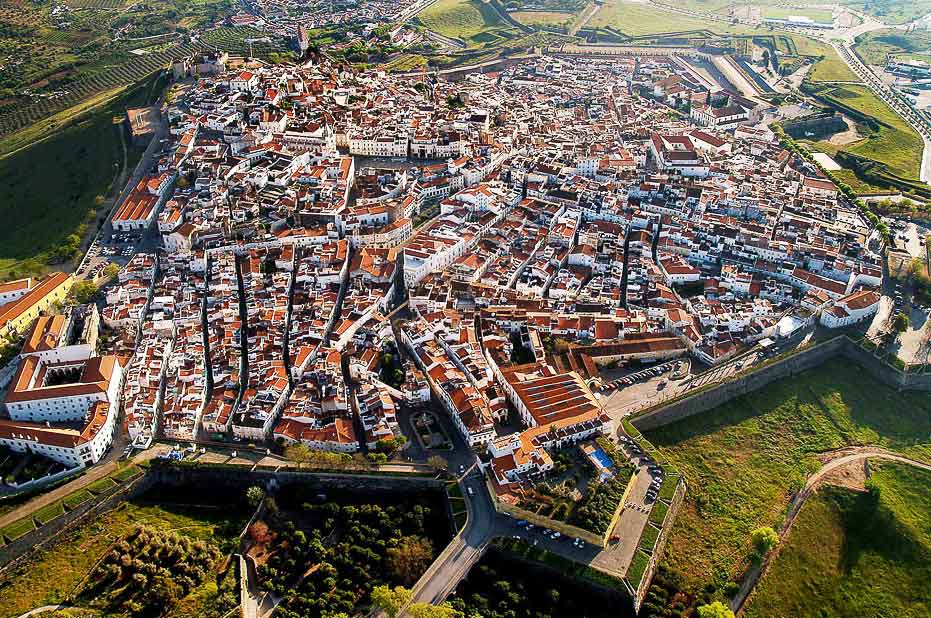Portugal Images - Fall In Love To This Country In Iberian Peninsula
Portugal images are one of those stunning pictures you would see all over the internet. Portugal packs a powerful punch for such a small country. From metropolitan cities to out-of-the-way towns and villages, to lively beach resorts and stunning national parks, this small country has something for everyone.
Author:Sophia HarperReviewer:Liam JonesJul 13, 202232.9K Shares588.4K Views
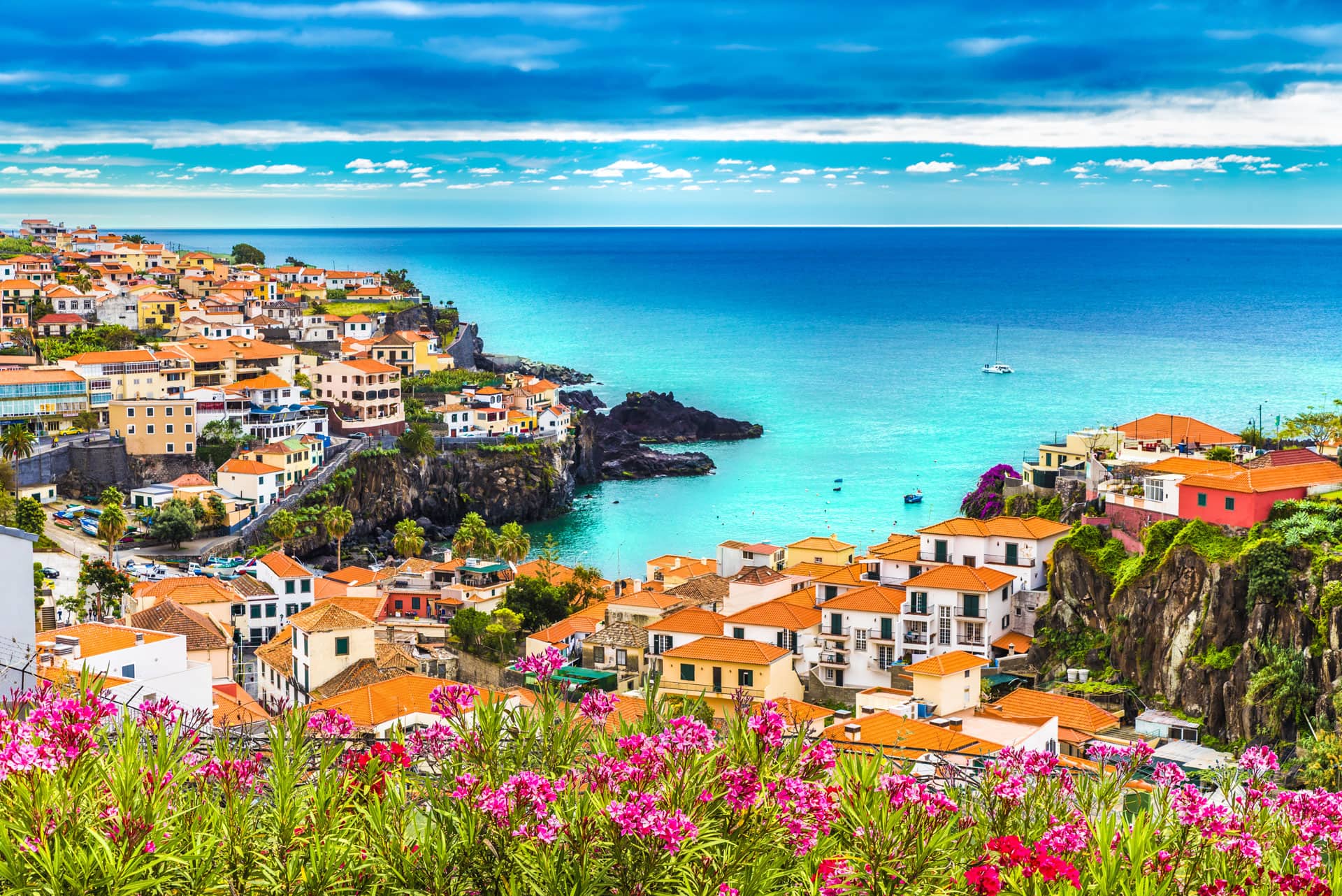
Portugal imagesare one of those stunning pictures you would see all over the internet.
Portugal packs a powerful punch for such a small country. From metropolitan cities to out-of-the-way towns and villages, to lively beach resorts and stunning national parks, this small country has something for everyone.
Portugal's location in this sun-kissed part of Western Europe provides it a unique attraction, occupying a wedge of Iberia and sharing a border with Spain as well as a wonderful coastline with the Atlantic Ocean.
Portugal Images Map
Portugal is a country in southern Europe that borders Spain on the Iberian Peninsula.
This country, which has a population of over 10 million people and is located on the Atlantic Ocean's coast, has a Portuguese culture that is heavily impacted by the inherent geographical advantages. It also has the most ancient borders in Europe.
Portugal's territory includes the Iberian Peninsula (referred to as the continent by most Portuguese) and two archipelagos in the Atlantic Ocean: Madeira and the Azores. It is located between latitudes 30° to 42° N and longitudes 32° to 6° W.
The Tagus River, which runs from Spain and disgorges in the Tagus Estuary near Lisbon before escaping into the Atlantic, divides mainland Portugal. The northern landscape is mountainous in the interior, with various plateaus interrupted by river valleys, but the southern scenery, including the Algarve and Alentejo areas, is flat.
Mount Pico, on the island of Pico in the Azores, is Portugal's highest point. This ancient volcano, which stands 2,351 meters (7,713 feet) above sea level, is an iconic symbol of the Azores, while the Serra da Estrela on the mainland (with a summit elevation of 1,991 meters (6,532 feet) above sea level) is a popular seasonal destination for skiers and winter sports enthusiasts.
The archipelagos of Madeira and the Azores are dispersed over the Atlantic Ocean, with the Azores straddling the Mid-Atlantic Ridge on a tectonic triple junction and Madeira following an in-plate hotspot geology range.
Volcanic and earthquake activity developed these islands geologically. The most recent terrestrial volcanic eruption occurred in 1957-58 (Capelinhos), and small earthquakes occur infrequently, usually with modest strength.
The exclusive economic zone of Portugal, a sea zone over which the Portuguese have exclusive rights to the exploitation and utilization of marine resources, covers 1,727,408 km2. This is the European Union's third largest exclusive economic zone and the world's 20th largest.
Time In Portugal Right Now
Portugal is divided into two time zones and observes daylight saving time. UTC+00:00 is used in mainland Portugal and Madeira, while UTC-01:00 is used in the Azores.
Daylight saving time (also known as Hora de Vero, which translates as "summer time") is observed countrywide from the last Sunday in March to the last Sunday in October, so that every year, continental Portugal and Madeira use UTC+01:00 and the Azores use UTC+00:00.
Portugal Clean And Safe
The first country in Europe to be awarded the "Safe Travels" symbol, highlighting their dedication to delivering safety to all.
Companies that have received the Clean & Safe mark are also SAFE TRAVELS Companies.
Portugal Images
Portugal is recognized for its traditional seafood meals, popular beach resorts, and architecture from the 16th to 19th centuries, when the country was a formidable maritime empire. It is also famous for soccer legends, fado music, ancient cities, and port wine.
Lisbon
Lisbon, Portugal's capital, is one of Europe's most appealing cities. The cultural experience is enhanced by a collection of world-class museums. Away from the city center, to the east, you can marvel at the modernity of Parque das Naçes and its crowd-pulling attractions such as the dazzling Oceanário.
Sintra
Sintra is one of the jewels in Portugal's brilliant tourist crown. This fascinating and interesting town, designated by UNESCO for its remarkable cultural landscape, is well worth taking a full day to explore.
Porto
Oporto (or "Porto"), Portugal's second city, rewards tourists with a radically different experience than the capital, thanks to its sturdy granite architecture and commercial disposition.
Porto is a location equipped with Baroque churches and Neoclassical structures that constitute some of the best examples of its kind in the country, located at the mouth of the River Douro and bestowed with a shoreline - the Ribeira - recognized by UNESCO as a World Heritage Site.
Évora
Évora, deep in the heart of the Alentejo, is one of Portugal's most enticing locations. Évora, known for its outstanding collection of well-preserved monuments, merits careful and leisurely examination.
Its medieval walls enclose centuries of history, as evidenced by the impressive Templo Romano, which dates from around the second century; the brooding but compelling 12th-century Sé (cathedral); and the Igreja de São Francisco, which was completed in the mid-1550s, with its lugubrious Capela dos Ossos.
Óbidos
Obidos is an artist's fantasy. A collection of whitewashed houses, cafés, and handicraft shops line a succession of narrow, cobblestone alleys that are totally surrounded by thick medieval walls.
There's also the Igreja De Santa Maria, which has a beautiful interior decorated with blue and white 17th-century azulejos (tiles). Rare works of art by the 17th-century painter Josefa de Obidos can be found at a museum on the town's picturesque square.
Tavira
Tavira is cited in many guidebooks as the most attractive town in the Algarve, and it certainly checks all the scenic boxes. The Rio Gilo runs through this relaxed town, with a Roman footbridge connecting one side to the other.
The waterfront is a beautiful place to promenade before or after exploring the rest of Tavira's historic treasures.
The castle walls offer stunning views of the old town and the neighboring ocean. You can also visit the Igreja de Santa do Castelo, a magnificent chapel where heroic knights are interred.
Parque Natural Da Ria Formosa
Parque Natural da Ria Formosa is one of the Algarve's natural wonders. This 60-kilometer tract of marshes, saltpans, shallow water lagoons, and sand dune islands stretches from Quinta do Lago to Cacela Velha.
The park is a haven for flora and species, with natural trails leading to local animals. Bird-watchers can see the uncommon purple gallinule from lakeside hides and greater flamingo on the mudflats. Look for the sea daffodil, goosefoot, and Mediterranean chameleon on land.
Coimbra
Coimbra's hilltop university is one reason to visit this Portuguese city. The Velha Universidade, a UNESCO World Heritage Site, and other attractions require a full day of sightseeing.
The Biblioteca Joanina is a Baroque jewel with gilded and marbled wood and frescoed ceilings. Climb the 18th-century clock tower for a panoramic view. Explore the 12th-century Se Velha (old cathedral).
Parque Natural Da Serra Da Estrela
The Serra da Estrela is called the "star mountains" for good cause. The range, or plateau, rises 1,993 meters above sea level in central Portugal. In winter, skiers take advantage of Europe's shortest ski season.
Granite escarpments and glacier-cut valleys are classic hiking country, with signposted long-distance trails and tracks. Walkers can enjoy gorgeous landscapes and traditional settlements like Linhares and Valezim.
Elvas
Elvas' star-shaped defenses are among the best-preserved in Europe. Elvas, a frontier hamlet in the Alentejo 15 km from the Spanish border, is so notable for its mid-17th-century defenses that UNESCO proclaimed it a World Heritage Site.
A castle on the north wall overlooks two smaller forts and the town's 16th-century aqueduct.
People Also Ask
Is Portugal Safe To Visit?
Yes, safe! In 2020, the Global Peace Index ranked Portugal 3rd safest in the world.
Why Is Portugal So Famous?
Portugal is well-known for its Port Wine, which is produced in the Douro Valley in northern Portugal. Although other nations produce port-style wines, such as South Africa, only port wine produced in Porto can be called Port.
Is Portugal Expensive To Live?
In fact, depending on where you live in Portugal, the average cost of living is estimated to be roughly €1,500 per month. Overall, Portugal is regarded as one of the most affordable countries in Western Europe, with living costs approximately half that of the United States.
Conclusion
Portugal is a country on the Iberian Peninsula. Despite being a small European country, the country is a tourist haven due to its delectable cuisine, ideal environment, rich cultural history, and low travelcosts.

Sophia Harper
Author
Sophia Harper’s photography acts as a portal to the soul of the places she visits. Drawn to South America’s landscapes and cultures, she has spent years capturing everything from the majesty of ancient ruins to the vibrancy of urban streets.
Sophia’s work isn’t just about documenting moments; it’s about evoking the emotions and stories behind them. A dedicated photographer, she has worked with local communities across South America to capture their rich cultural narratives through her lens.

Liam Jones
Reviewer
Liam Jones has made it his mission to prove that adventure doesn’t need a hefty budget. Having traveled to over 40 countries, he specializes in finding affordable ways to experience the world, from the best street food in Bangkok to hidden gems in Lisbon.
Liam’s travel tips have reached thousands of readers, empowering them to see the world on a shoestring budget without sacrificing quality. With a deep passion for local cultures, he continues to share his travel hacks, ensuring adventure remains accessible to all.
Latest Articles
Popular Articles
